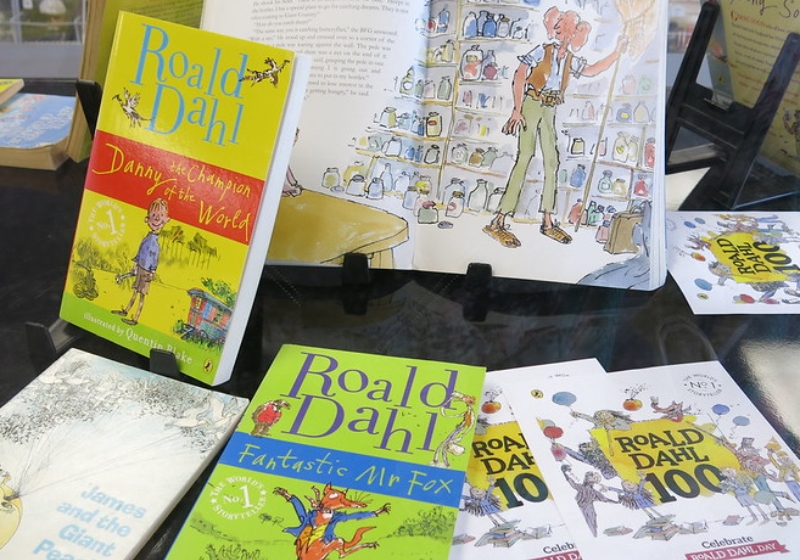imagine art after is the first project to be produced by Index Arts, Index on Censorship magazine’s new foray into the world of public art, an innovative online project that will open new opportunities to support freedom of expression in the visual arts.
Based on the programme’s early promise, Index Arts now has ambitious plans to turn the event into a regular feature, held every four years, in which an online dialogue will lead to an actual exhibition—the first exhibition being planned for early 2007.
Curator Breda Beban an exile from the former Yugoslavia envisages it as an alternative version of Dokumenta, the giant exhibition of modern visual art held in Kassel, Germany.
She and Index Arts producer Julia Farrington, are, as they put it “inviting artists who live at the hard edge of political change to take the temperature on the contemporary world”.
Farrington recognized some time ago that the internet is the perfect tool for bringing together displaced people who are culturally related but geographically separated.
The idea for imagine art after came into being the moment Julia discussed it with Beban, a practicing artist and professor of fine art at Sheffield Hallam University, who recognized the potential to explore some key themes.
“Expanding on the notion that when we are born we are genetically coded but then become a work in progress, imagine art after presents artists originating from the same country who are now geo-politically separated,” says Beban.
Subsequently Jo Confino, executive editor of Guardian Newspapers, Jane Glentworth at Guardian Unlimited and Henderson Mullin at Index on Censorship came on board to make it happen. GU arts editor Andy Dickson lead the design team to create the pages as you can see them today: an online exhibition with dialogue between the artist who stayed and the artist who left.
Artists who are refugees based in London have been coupled with an artist from their country of origin. They will use images, text and video to embark on a journey to produce work, exchange views and engage in dialogue, shared with some of Guardian Unlimited’s seven million online readers.
“imagine.art.after,! says Beban, “is an exhibition about the proximity of art and life against the backdrop of contemporary world politics.” It’s a natural partnership for the magazine, founded in 1972 by writers, journalists and artists inspired by the British poet Stephen Spender to take to the page in defense of the basic human right of free expression.
Index Arts is now planning a full programme of events that will both shape and connect the main programme every four years. The project will map a constantly shifting artistic and political landscape. All participating artists are from one of the list of 35 countries whose citizens make the most applications for asylum in the UK.
“The list of 35 countries that formed the pool from which the chosen countries have come, will change,” notes Beban. “The list is a map of unrest and the map will change. Which countries will join and which will drop off?”
See the imagine art after pages on the Guardian Online website.





